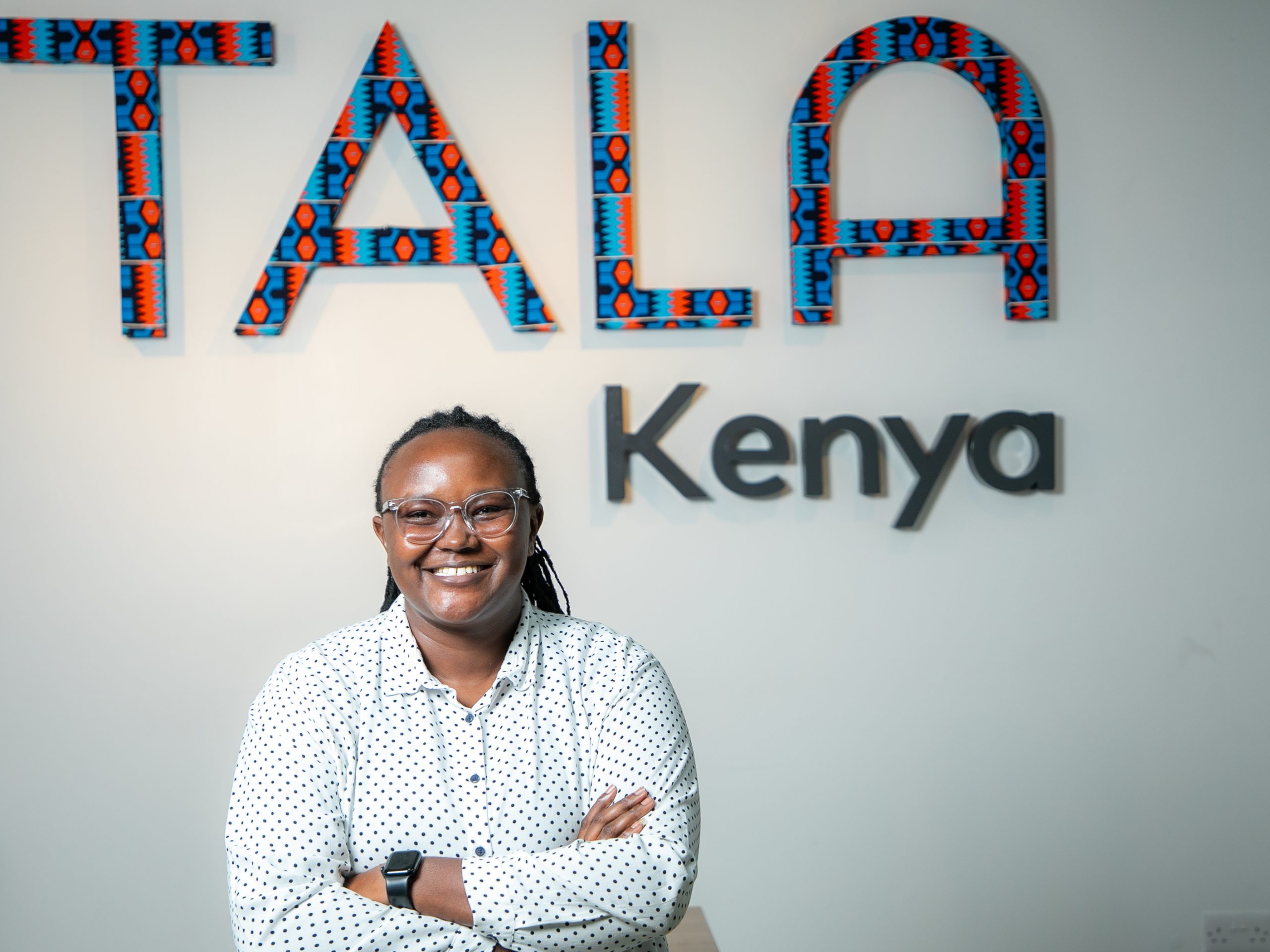Majority of Tala borrowers in Kenya used their loans to meet their education expenses which include fees and schools supplies, latest survey by the digital credit provider shows.
According to Customers Barometer Survey by the digital credit providers, in the first half of the year to June 2024, 46pc of respondents used their loans to pay for education needs followed closely by 44pc of borrowers who used their credit to restock or source for supplies for their businesses.
The survey further indicates that due to the inflationary pressure that elevated prices of basic goods and services, 26pc of borrowers used the loans on their day-to-day needs such as food, clothing and rent while 20pc used their credit to cater for their medical expenses or for family and friends. 19pc of borrowers spent their cash on emergency expenses.
As a result of rising cost of living, 56pc of Kenyans said they had cut back on expenses in order to survive. 51pc of respondents borrowed from digital credit providers to bridge income gaps compared to 31pc who said they had started side hustles, 20pc who started their own businesses and 7pc who turned to commercial banks to cover their cash shortfalls.
“Looking at consumer credit trends defining the first half of this year, matters of economic equity come into sharp focus as quick access to funds can mean the difference between financial stability and hardship for many households,” said Annstella Mumbi, General Manager, Tala.
The survey shows that 40pc of Kenyans using the platform to access loans said their living expenses has risen sharply in the last six months compared to 43pc who experienced a marginal increase, 10pc who said there was no change and 4pc who experienced a decrease. Only 3pc of the respondents said there was a decrease in their living expenses.
82pc of Kenyans on the platform experienced higher food and groceries prices while 63pc and 62pc said their utility bills and transport were higher within the six months period.
Over the six months period, 24pc of respondents borrowed an average of between Ksh 10,000 and Ksh 20,000 while 23pc borrowed an average of between Ksh 30,000 and Ksh 50,000.
“Today’s financial infrastructure doesn’t work for most of the world’s population, that is why we remain committed to applying advanced technology and human creativity to solve what legacy institutions can’t or won’t. We not only enable our customers to survive this period but also empower more people to unleash their economic power” added Mumbi.
The survey shows that only 2pc of borrowers on the platform borrowed below Ksh 1,000.
Nonetheless, 80pc of respondents feel confident in their ability manage their loans, 9pc who are neutral and 4pc who do not feel confident at all.
The survey was conducted in Kenya, Mexico, Philippines and India and had 2,637 respondents, Tala said.





